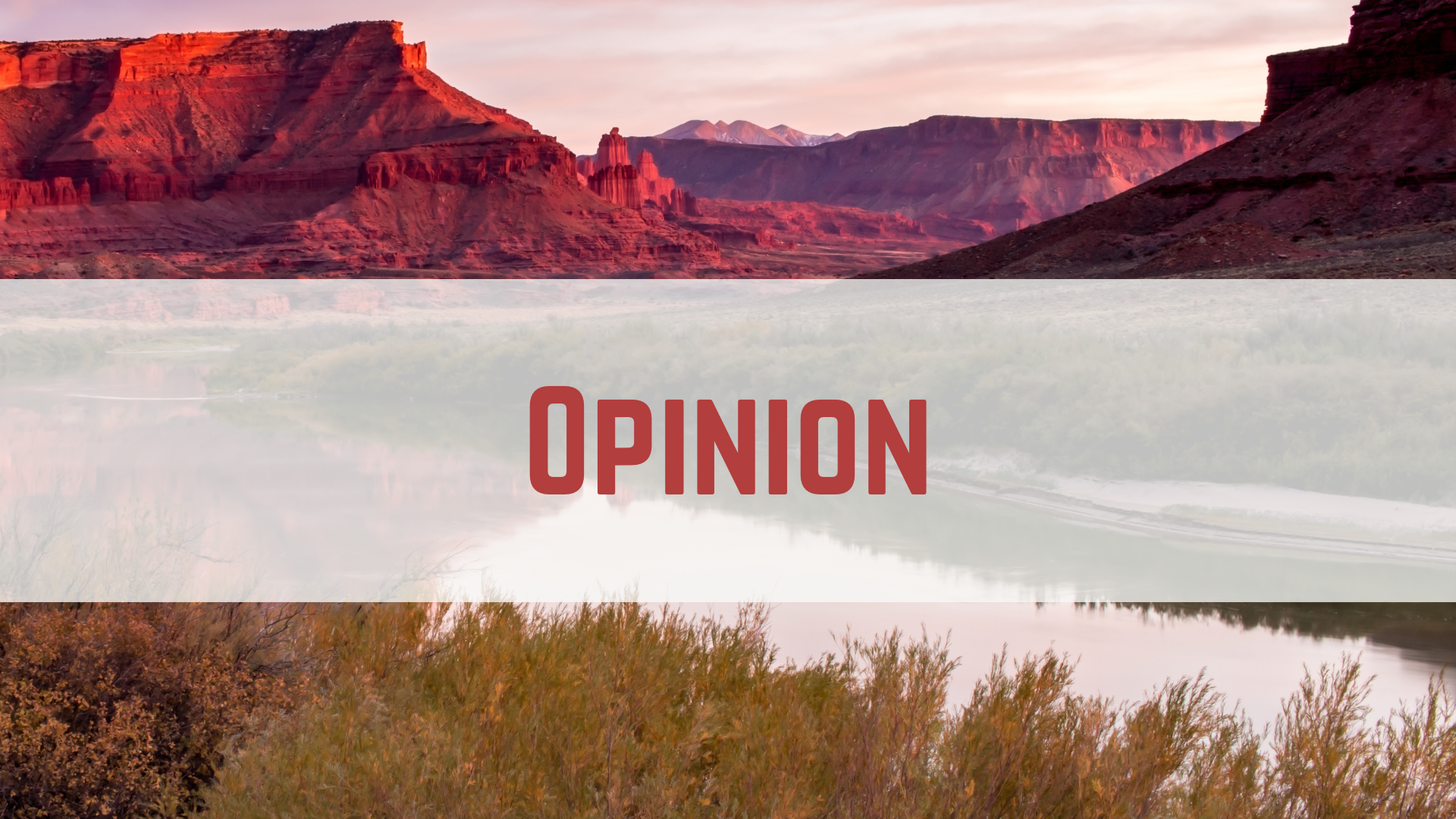Some information may be outdated.
The infrastructure of Arches National Park was conceived in the 1950s when we began our love affair with our private cars. Every infrastructure decision still favors private cars. This model of national park visitation is not sustainable. This model requires you to build a huge parking lot at every place you would like to facilitate visitors.
Let’s design the 21st century national park. A national park that prioritizes bicycles, public transport, and walking over private cars. Let’s design a national park that prioritizes choices that get people in touch with the sights, sounds, and vibrations of the Earth.
Any national park discussion always starts with the question “What is the purpose of our national parks?” The answer lies in the first sentence of the Congressional Organic Act of 1916 which established the National Park Service, enacted ” to conserve the scenery and the natural and historic objects and the wild life therein and to provide for the enjoyment of the same in such manner and by such means as will leave them unimpaired for the enjoyment of future generations.”
Notice that “conserve the scenery” and “provide for the enjoyment of the same” are EQUAL. This is key. These lands are preserved so that we can enjoy them. The balance of these two equal jobs of the National Park Service is OUT OF BALANCE. The Arches National Park proposal to require advance reservations is more concerned with protecting the land FROM the very people it is mandated to protect the land FOR. A vision that prioritizes people over cars will help restore the balance.
So what’s the alternative plan? First, create parking lots outside Arches at all three entrances: South Entrance, Willow Springs and Salt Valley; and improve these roads into the park. Then, provide the option of visiting Arches by shuttle or bicycle.
We design a shuttle system that fixes the instant crowding each time the big national park shuttles arrive at a trailhead, by deploying two types of vehicles. Our big shuttles take you into Arches from the three entrances and will make only 7 stops in the park. From there, our custom 10-passenger hybrid Jeep Transports take you to the sights and trailheads on a new network of dedicated narrow roadways. Presto, we solve instant congestion and promote dispersion of visitors.
We build bike paths throughout Arches that enter at both Willow Springs and Salt Valley, bypassing the steep and narrow South Entrance. Our goal is to promote safe and fun travel by bike to all the trailheads. We rent bikes and e-bikes, with a share program so bikers too can enjoy the new one-way hikes.
Any national park discussion then leads to “But wait, I don’t want people at my favorite secluded spot.” I don’t either, so let’s think about Arches as three Zones, each with its own strategy.
ZONE 1 Delicate Arch. This is our icon. Everyone wants to see it. Let’s deal it. Turn the main hike into a loop hike to immediately decrease congestion by 50%. Create a new longer hike around the back, using the old 1930s trail with the cool staircase cut into the rock. And most important, understand that visitors enjoy the communal experience of hiking to Delicate Arch, and sharing that joy in a dozen languages.
ZONE 2 Front Range. Identify all natural wonders within reach of the main road by 10-minute to 1-hour hikes. This is where we disperse 97 percent of our visitors. Increase the number of published trails from 15 to 34 one-way hikes. This is the zone where we focus on access by shuttles and dedicated bike paths. This is the zone where we focus on getting people walking and exploring as much as possible.
ZONE 3 Back Range. Leave the majority of Arches relatively undisturbed for the more intrepid 3 percent of visitors.
St. George just got $15 million from the Utah Department of Transportation (UDOT) for a Zion National Park shuttle. The new Moab Transit Authority Study Committee can commission a feasibility study for Arches 21, so we can effectively lobby UDOT and the federal government for funding, and achieve the goal of 75 percent of Arches visitors on shuttles and bikes.
In the summer of 1983, a young Tony Lema had a summer job at Arches National Park removing the asphalt trail to Delicate Arch, bucket load by bucket load with a crew of fellow high school students. Did you even know an asphalt trail was ever there? Maybe in 2040, with the advent of passenger drones, Tony’s grandkids will be taking out the remaining asphalt in the Park.
One thing is for certain, things will change. Let’s embrace the current evolution of that change, and make Arches a 21st century national park that prioritizes bicycles, public transport and walking over private cars.
Michael Liss was the Managing Director of Butterfield & Robinson, the luxury biking and walking trip outfitter; taught yoga and meditation in Los Angeles; and returned to Moab to build a sustainable community called The Spirit of Cloud Rock.
Appreciate the coverage? Help keep local news alive.
Chip in to support the Moab Sun News.


